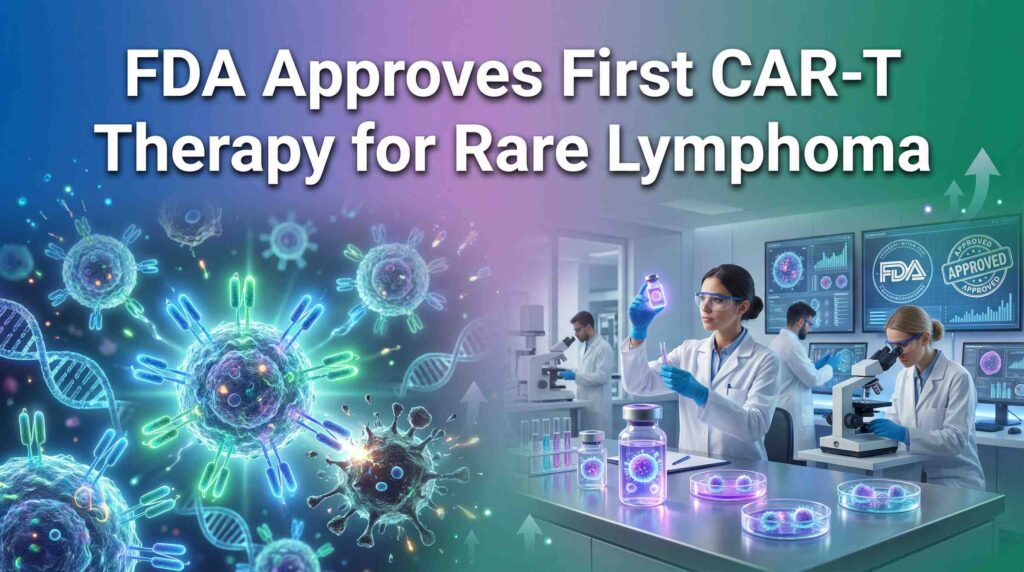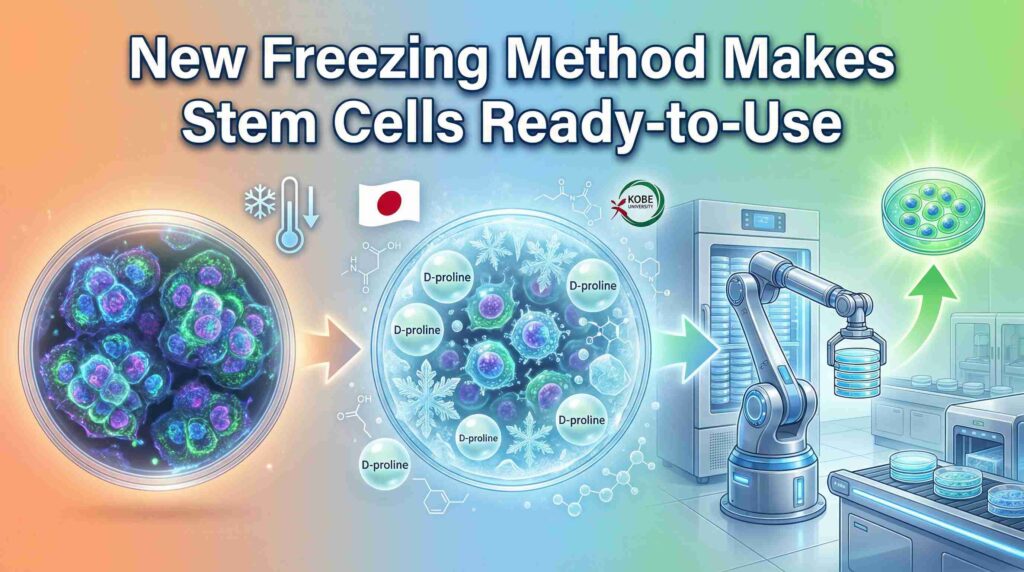Have you ever imagined a world where we can predict and counteract the course of a disease before it even manifests?
Imagine a realm where therapy customization isn’t just a luxury but a standard practice, ensuring that each individual receives treatment tailored specifically to their genetic makeup. This isn’t a plot borrowed from a science fiction novel; it’s the promising future stem cell research offers, particularly in the field of disease modeling.
In this era of scientific marvels, stem cells stand out as one of the most fascinating subjects of research, harboring the potential to revolutionize our approach to understanding and treating diseases.
But what makes them so special? Stem cells possess the unique ability to develop into various cell types in the body, from muscle cells to brain cells, offering a real-time window into the cellular mechanisms of human diseases.
Disease modeling using stem cells, especially induced pluripotent stem cells (iPSCs) and embryonic stem cells, has paved the way for a better understanding of complex diseases. These models not only offer a glimpse into the cellular underpinnings of illness but also hold the key to developing more effective treatments.
The potential to create disease models that accurately reflect human physiology opens up avenues for drug discovery and the development of therapies that are significantly more targeted and effective.
So, why is there such a buzz around using stem cells for disease modeling?
The answer lies in their unparalleled ability to mimic diseases within the controlled environment of a lab, offering insights that were previously beyond our reach. As we venture further into this article, we’ll explore how stem cell research is not just about pushing the boundaries of what’s possible in medicine, but also about redefining hope for millions affected by untreatable conditions.
The Need for Advanced Disease Modeling
In our quest to demystify and combat diseases, the traditional tools at our disposal—like animal models and static cell lines—have been invaluable.
However, as we peel back the layers of complex human diseases, it’s becoming increasingly clear that these traditional models have their limitations. They’ve been the scaffolding upon which we’ve built our understanding, but now, it’s time to push beyond, to models that mirror the intricate dance of human biology more closely.
The Limitations of Traditional Models
Let’s talk about animal models for a second. They’ve been the workhorses of medical research, offering vital clues into the workings of various diseases. Yet, here’s the rub: they’re not humans.
The physiological differences can be vast, making it difficult to translate findings directly into human therapy applications. It’s a bit like trying to understand the intricacies of a Shakespearean play through a summary—useful, but you’re missing the nuance and depth.
Similarly, cell lines derived from human tissues have been instrumental in studying the cellular level of diseases. However, these lines often lack the complexity of true human tissue, and their infinite lifespan can lead to genetic drift, which might as well be comparing a weathered map to the vibrant landscape it represents.
Bridging the Gap with Stem Cells
This is where the power of pluripotent stem cells, including both embryonic stem cells and induced pluripotent stem cells (iPSCs), shines.
These cells have the extraordinary ability to develop into any cell type in the body, providing a dynamic model for studying human diseases in a way that traditional models cannot. Imagine having a crystal ball that not only reflects the current state of a disease but also its progression and response to treatment in real-time. That’s the promise of stem cell-based disease modeling.
A Leap Towards Personalized Medicine
The advent of induced pluripotent stem cell (iPSC) technology has been particularly transformative. By reprogramming somatic cells back into a pluripotent state, scientists can create patient-specific cell models.
This means diseases can now be studied in the laboratory in cells that carry the exact genetic makeup of the patient. It’s like having a personalized disease model at your fingertips, offering unprecedented opportunities for understanding individual variations in disease progression and response to therapy.
Imagine a world where your medical treatment isn’t based on the average response seen in studies but tailored specifically to you, based on your own cells. This isn’t just a distant dream but a burgeoning reality, thanks to the insights garnered from disease modeling using pluripotent stem cells.
The Road Ahead
The shift towards advanced disease modeling using stem cells represents a pivotal turn in our journey to comprehend and cure diseases. With each cell type modeled, with every disease phenotype elucidated, we edge closer to a future where drug discovery is swift, and treatments are not just effective but personalized.
However, this road is not without its challenges. The nuances of accurately differentiating pluripotent stem cells into the desired cell types, the ethical considerations surrounding embryonic stem cells, and the technological hurdles in scaling these models for widespread use are just a few of the obstacles we face.
Yet, the promise of stem cell-based disease modeling—the potential to illuminate the darkest corners of human disease—makes this a journey worth undertaking. As we stand on the cusp of a new era in medical research, the fusion of stem cell technology and disease modeling beckons us forward, promising a future where the mysteries of disease are not just understood but conquered.

Stem Cells in Disease Modeling
The realm of stem cell research is akin to a master artist’s studio, where the canvas of understanding human diseases continually expands.
At the core of this creative revolution are pluripotent stem cells, including both embryonic stem cells and induced pluripotent stem cells (iPSCs), which have become the vanguards in the quest to model diseases with unparalleled accuracy and insight.
Crafting Disease Models with Precision
Stem cells offer a versatile toolkit for mimicking a wide array of diseases, from the ravages of neurodegenerative diseases like Parkinson’s and Alzheimer’s to the genetic intricacies of rare disorders.
The process starts with the induction of pluripotent stem cells from either embryonic sources or, more ethically palatable, somatic cells that have been reprogrammed back to a pluripotent state.
Once these pluripotent stem cells are available, the magic begins. Scientists coax these cells to differentiate into the specific cell types affected by a disease, effectively creating a miniature model of the disease in a petri dish.
This process is not unlike a sculptor chiseling away at marble to reveal the form hidden within, except here, the sculptors are biologists, and the form is a dynamic disease model that can reveal the mysteries of human ailments.
Navigating the Challenges
Despite the exciting progress, challenges remain. Ensuring that differentiated cells accurately mimic their in vivo counterparts requires meticulous validation. Moreover, the complexity of some diseases, which may involve multiple cell types and intricate interactions within tissues, presents a formidable modeling challenge.
Nevertheless, the relentless pursuit of knowledge and technological innovation continues to push the boundaries of what’s possible. As we refine our techniques and deepen our understanding, the day when stem cell-based disease models become a cornerstone of drug discovery and personalized medicine draws ever closer.
Benefits of Stem Cell-Based Disease Models
Diving into the world of stem cell-based disease modeling is like stepping into a new dimension of scientific discovery. This innovative approach is not just about creating a buzz in the scientific community; it’s about opening doors to unparalleled insights into human diseases, which in turn paves the way for groundbreaking treatments. Let’s explore the myriad benefits that stem cell-based disease models bring to the table.
Unprecedented Accuracy in Disease Representation
The first and perhaps most significant advantage of using pluripotent stem cells for disease modeling is the accuracy these models offer. Unlike traditional models, which often provide a rough sketch of the disease, stem cell models can paint a detailed portrait.
By using induced pluripotent stem cells (iPSCs) derived from patients, scientists can observe how diseases unfold in the specific genetic context of an individual. This means that the complex interplay of genes and environment that contributes to diseases like Alzheimer’s or Parkinson’s disease can be studied more precisely.
Accelerating Drug Discovery and Development
In the realm of drug discovery, time is of the essence. Traditional drug development processes are notoriously slow and expensive, often taking over a decade and billions of dollars to bring a new drug to market.
Stem cell-based disease models can significantly accelerate this process by providing a more accurate platform for testing the efficacy and safety of potential treatments.
This not only speeds up the drug development timeline but also reduces costs, making it a win-win for researchers, pharmaceutical companies, and patients alike.
Tailoring Treatments to Individuals: The Promise of Personalized Medicine
The era of one-size-fits-all medicine is coming to an end, thanks in part to stem cell-based disease modeling. By utilizing induced pluripotent stem cells derived from individual patients, researchers can identify which treatments are most likely to be effective for specific genetic profiles.
This personalized approach not only enhances the efficacy of treatments but also minimizes the risk of adverse side effects, heralding a new age of personalized medicine that promises treatments as unique as the individuals receiving them.
Ethical and Logistical Advantages Over Animal Models
While animal models have contributed immensely to our understanding of human diseases, they raise ethical concerns and often fail to accurately predict human responses to treatments. Stem cell-based models, especially those derived from induced pluripotent stem cells, offer a more ethical and logistically feasible alternative.
By reducing reliance on animal testing, these models not only address ethical concerns but also provide a more direct insight into human biology, bridging the gap between research and real-world applications.
Conclusion: A Bright Future Ahead
The benefits of stem cell-based disease models are clear, from increasing the accuracy of disease models to accelerating drug discovery and paving the way for personalized medicine.
However, this is just the beginning. As we continue to explore and refine these models, their full potential is yet to be realized. The journey ahead is fraught with challenges, but the promise they hold for transforming our approach to understanding and treating diseases is immense. The future of medicine is bright, and stem cells are lighting the way.


